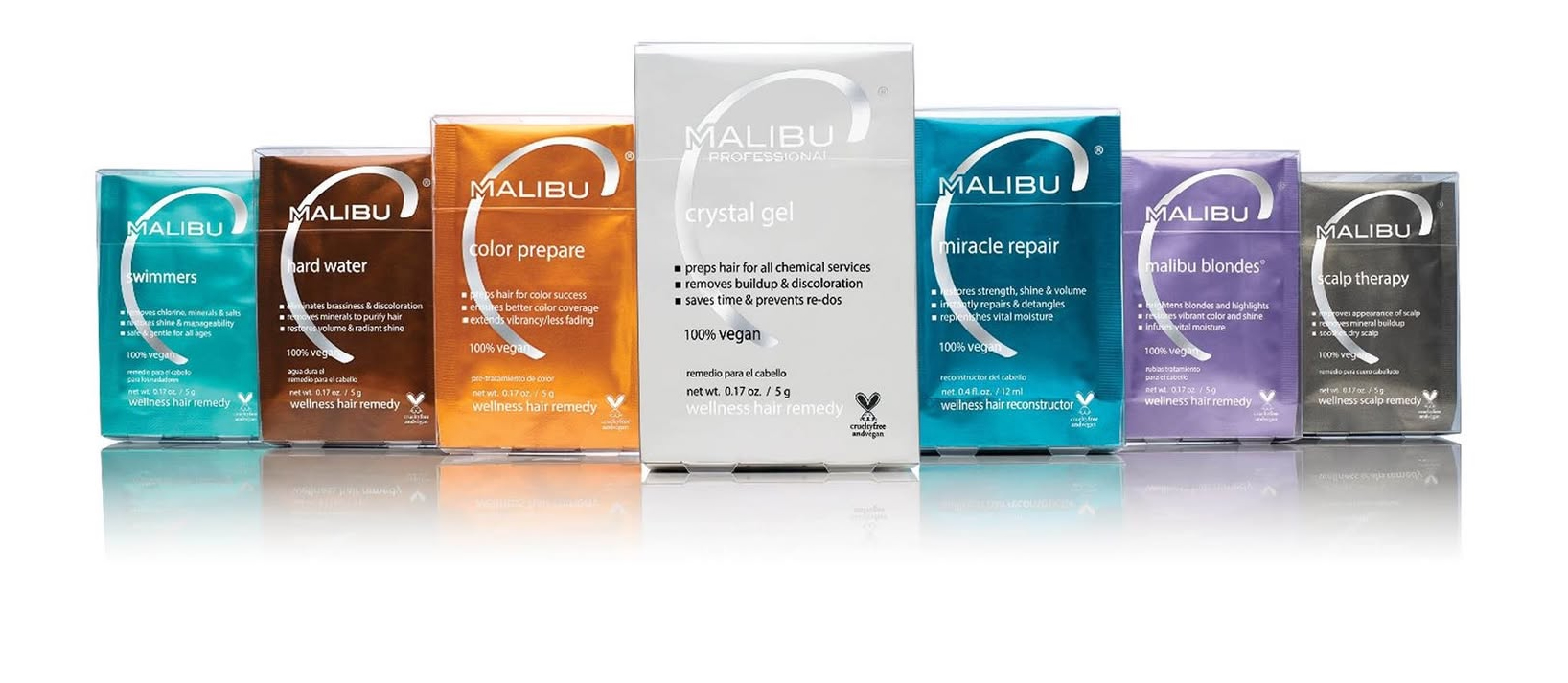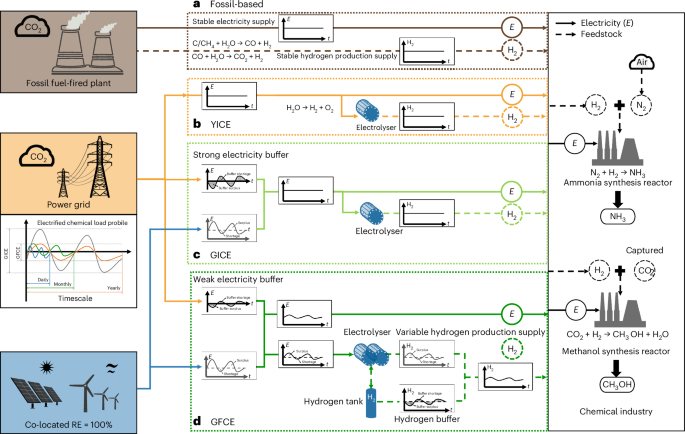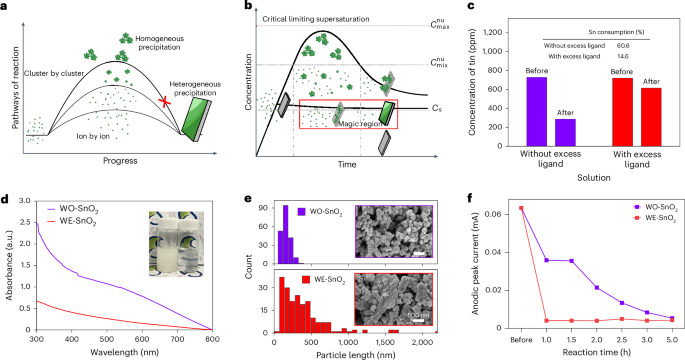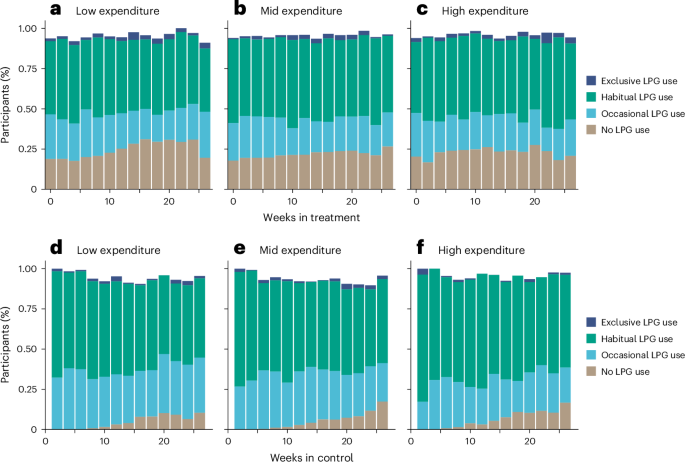Heparin Doped Polyaniline for Anticoagulation Supercapacitors
Advanced Healthcare Materials, Volume 14, Issue 13, May 16, 2025.

The anticoagulant macromolecule heparin is used to dope polyaniline under neutral conditions to design a biocompatible electrode material polyaniline: heparin with high anticoagulant activity, and an in situ polymerization approach is employed to manufacture an all-in-one anticoagulation supercapacitor, which could effectively prevents thrombus formation and inhibit platelet adhesion, aggregation and activation, meeting the normal working requirements of implantable energy storage devices.
Abstract
With the rapid development of implantable electronic medical devices, supercapacitors have gained significant attention as implantable energy storage devices due to their inherent advantages. However, these devices inevitably direct contact with blood and trigger coagulation or thrombus formation when implanted in the body. In severe cases, these negative effects compromise the functionality of the implantable energy storage system and even jeopardize human health. Herein, a biocompatible electrode material with high anticoagulant activity is designed by doping polyaniline with anticoagulant macromolecule heparin under neutral conditions, which macromolecules as dopants under neutral conditions not only avoids the toxicity of acids to biological tissues and de-doping caused by small molecules, but also imparts high anticoagulant properties to the material. Based on the electrode material and in situ polymerization approach, an all-in-one anticoagulation supercapacitor is employed to manufacture and exhibits good electrochemical performance (energy density of 18.89 µWh cm−2 and a power density of 197.8 µW cm−2), cycling stability (capacitance retention of 70.23% after 2, 000 cycles), anticoagulant performance (APTT is 15.47 s, PT is 16.57 s, TT is 49.47 s, and FIB is 1.12 g L−1), and tissue compatibility. The doping strategy provides a valuable reference for energy supply in implantable bioelectronics.





















































































































































